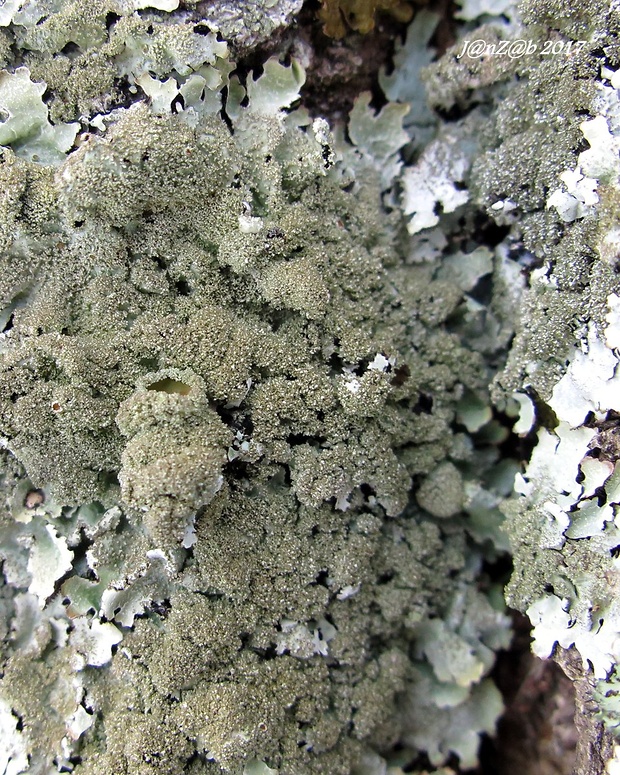
Nahuby.sk Fotografia diskovka Parmelia sp. Ach.
Parmelia sp. Punctelia borreri Ramalina sinensis Xanthoria mandschurica Dermatocarpon miniatum Parmotrema sp. Hakgala Natural Reserve, Sri Lanka: Kannangara et al. Pseudocyphellaria sp. Usnea sp. Lobaria scrobiculata: USA: Arnold et al. Nephroma arcticum Peltigera aphthosa Peltigera leucophlebia Peltigera malacea Peltigera neopolydactyla
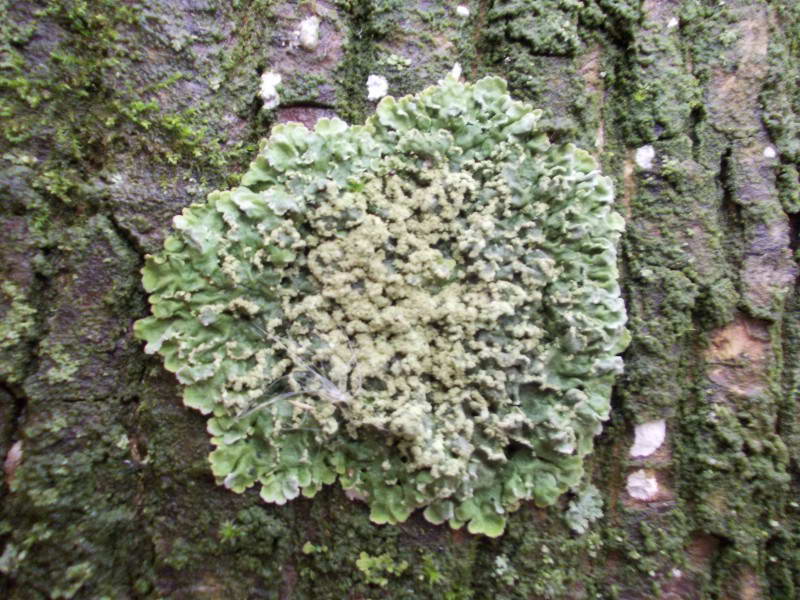
Parmelia sp.
View. Parmelia is a genus of medium to large foliose lichens.:78. The ends of the leaf-like lobes are often squarish-tipped.:78. The upper surface is pale bluish-gray to light brown in direct sunlight, with a network web-like ridges and depressions.:78. The lower surface is black and has rhizines anchoring it to the substrate.:78 (.

Parmelia sp; Galapagar (Madrid) Parmelia sp; Galapagar (Ma… Flickr
Lichen Parmelia sp. was found to produce lot of colored metabolites interfering with the UV-Vis spectrophotometric readings. Hence control and test samples were extracted into (1:1, v/v) ethyl acetate and then analyzed by spectrophotometer to get an idea about maximum decolorization. Cuvettes of 3 ml quantity and 10 mm path length with.
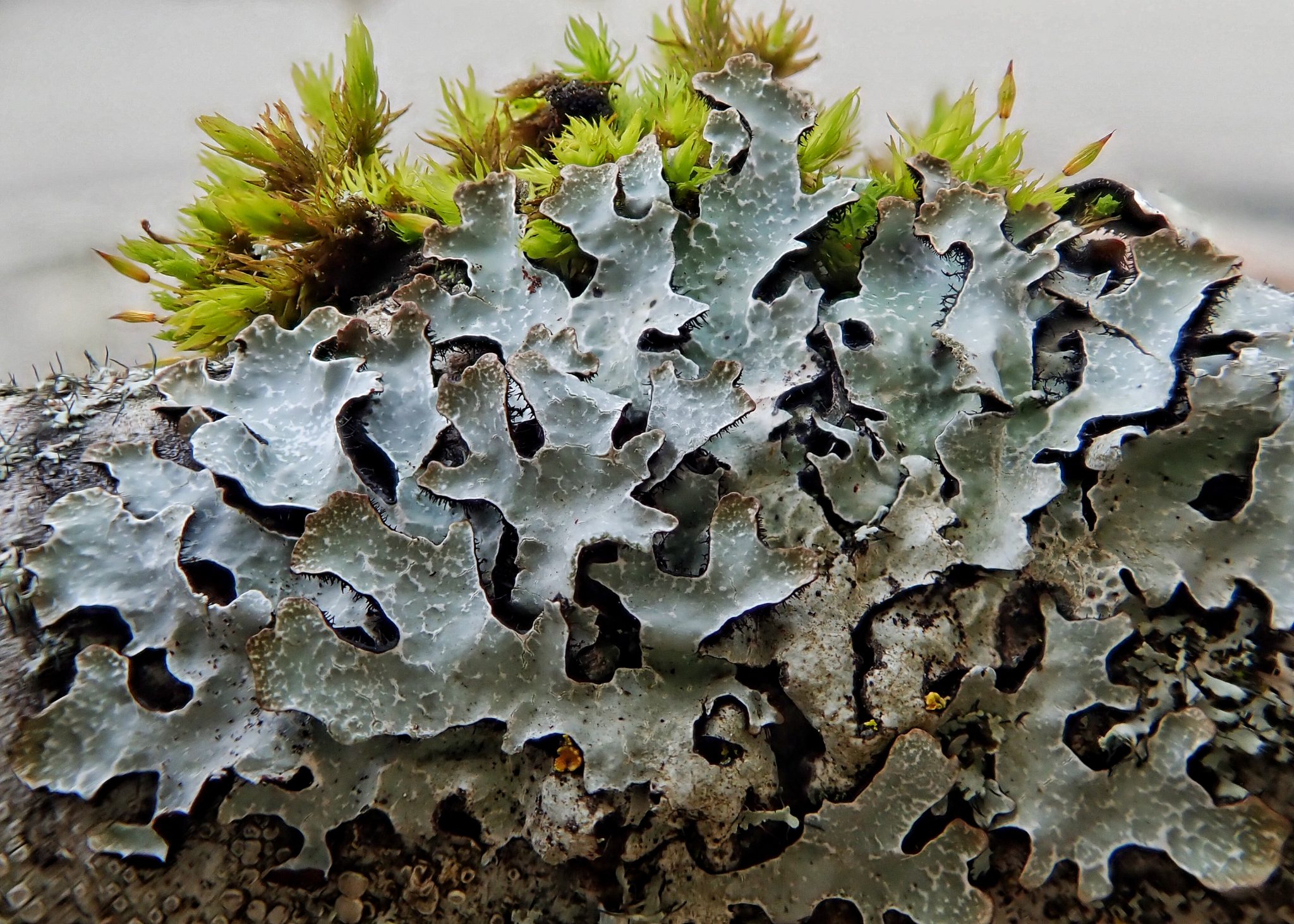
Parmelia sulcata 10,000 Things of the Pacific Northwest
Parmelia is one of the most representative genera within Parmeliaceae family. • Parmelia lichens arise as valuable tools for biomonitoring environmental. • Parmelia lichens produce particular specialized metabolites. • Parmelia spp. have promising pharmacological activities. Abstract

Lasallia pustulata with Parmelia sp. (wet/mojado) Growing … Flickr
Parmelia sulcata is a widely distributed species and one of the most common taxa in temperate Europe. The first intra-specific molecular studies on P. sulcata showed an unexpectedly high genetic.

herbarium
The thallus is usually divided into lobes (Parmelia sp.) with various degrees of branching, but in some species (Umbilicaria sp.) the thallus is from one single unbranched lobe or a "multilobe" with limited branching .

Parmelia sp
Parmelia sp. 1 - Upper surface greenish (but turning yellowish in herbarium), often convex; pseudocyphellae generally confined to area of lobe tips; isidia tending at first to arise along lobe margins (though later also developing over upper surface) Reactions: Cortex K+ yellow, medulla K+ yellow becoming red, PD+ orange to red. Contents:

Parmelia sp
Parmelia that belongs to the Parmeliaceae Family is a foliose lichen combined with one or two groups of fungi in Phylum Ascomycota or Basidiomycota and algae, which might be green algae or blue-green algae (cyanobacteria). It is generally called "Stone Flower," "Charila," "Pattharphool," or "Shilaaapushpa" in India.

Parmelia sp
The most frequent lineages of Trebouxia in the Parmelia spp. analyzed were Trebouxia sp. I02 and the new Trebouxia sp. 1. Previous studies had already found Trebouxia sp. I02 phycobionts in other genera, such as Oropogon, Melanelixia, Melanohalea, Rhizoplaca, and Montanelia (Leavitt et al., 2015).

Moss & Lichen (Parmelia sp.) / Musgo & Liquen Sierra de lo… Flickr
1 ATMOSPHERE AS A SOURCE OF METALS Jenkins and Davies (1966) showed a close correlation between metal amounts in lichen ashes of Lecanora gangaloides and Parmelia omphalodes and those in the ash of material deposited from the atmosphere.
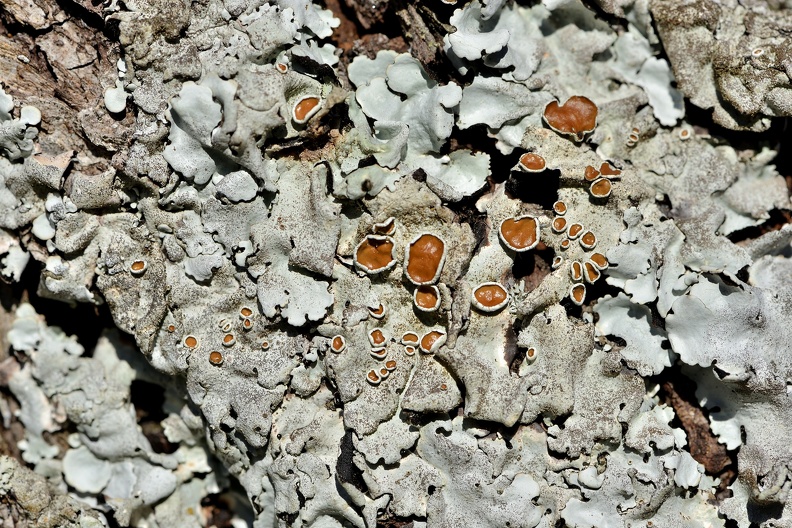
Parmelia sp.
Description Parmelia species have a foliose (leafy) thallus with a substrate attachment ranging from loose to tight. The lobes comprising the thallus are rounded, more or less straight, and may be contiguous or overlapping (imbricate). The texture of the upper thallus ranges from smooth to foveolate (covered with puts and depressions).

herbarium
Well-developed ascocarps on a shield lichen (Parmelia sp.). Credit: J. Stevenson, UF/IFAS. Parmelia, or shield lichen, is a common genus with a foliose growth habit (Figure 8). These large and easily observed species can be found in a variety of habitats. Their abundance has led to their being used to monitor lichen growth rates as well as.

Foliose Shield Lichen (Parmelia sp) Western Carolina Botanical Club
Parmelia that belongs to the Parmeliaceae Family is a foliose lichen combined with one or two groups of fungi in Phylum Ascomycota or Basidiomycota and algae, which might be green algae or blue-green algae (cyanobacteria). It is generally called "Stone Flower," "Charila," "Pattharphool," or "Shilaaapushpa" in India.
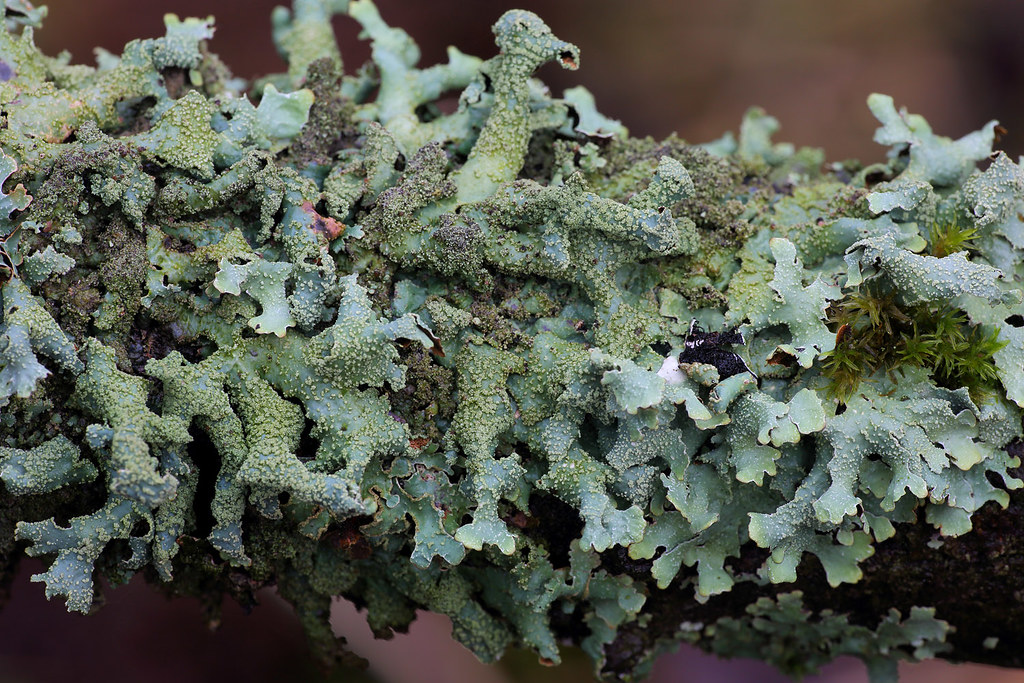
Parmelia sp January 2013. Svanemosen, Kolding, Denmark. Erland
2. Antimicrobial Compounds Extracted from Endolichenic Fungi. The need for new antimicrobial drugs is enhanced by the emergence of microbial resistance against almost all the currently available antibiotics and the sudden appearance of deadly viral infections [].Discovery of novel antimicrobial drugs was speculated as a solution to the growing threat of antibiotic-resistant microorganisms by.

Parmelia sp. 25656 Biodiversidad Virtual / Hongos y Líquenes
The worldwide, ecologically relevant lichen-forming genus Parmelia currently includes 41 accepted species, of which the Parmelia sulcata group (PSULgp) and the Parmelia saxatilis group (PSAXgp) have received considerable attention over recent decades; however, phycobiont diversity is poorly known in Parmelia s. lat.

Foliose Lichen Parmelia Sp On Rock Important Pioneer In Primary Rock
crottle Parmelia, largest genus of foliose (leafy) lichens, which includes among its members the species commonly known as crottle and skull lichen. Crottle, the largest foliose lichen, resembles crumpled leather and sometimes grows 90 to 120 centimetres in diameter. It is characterized by a black underside.